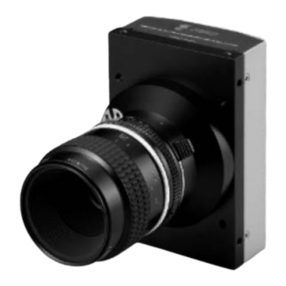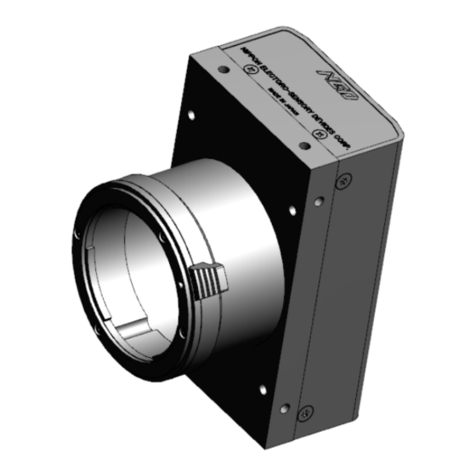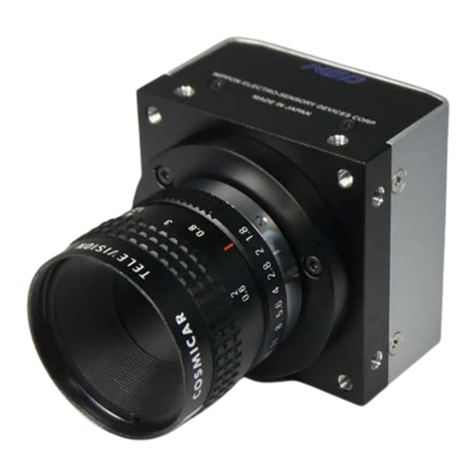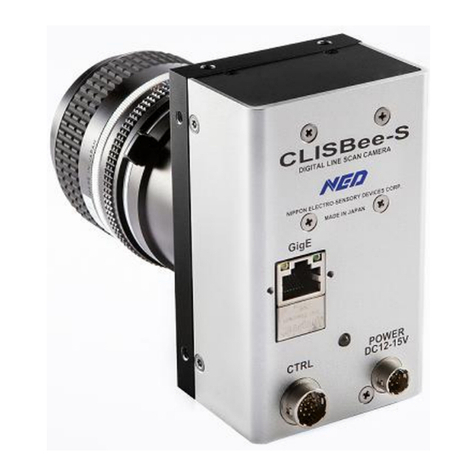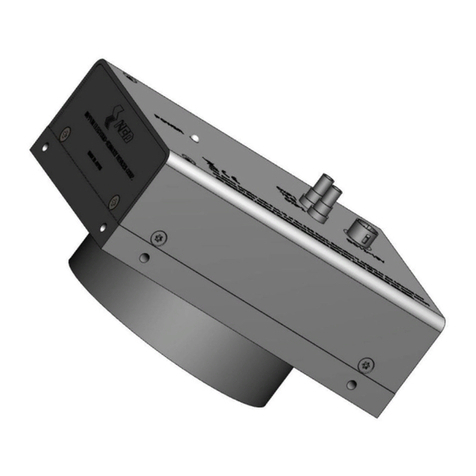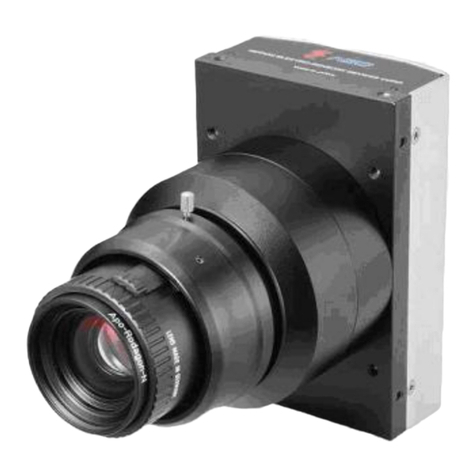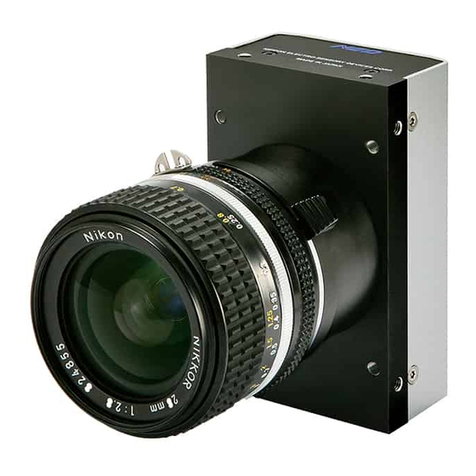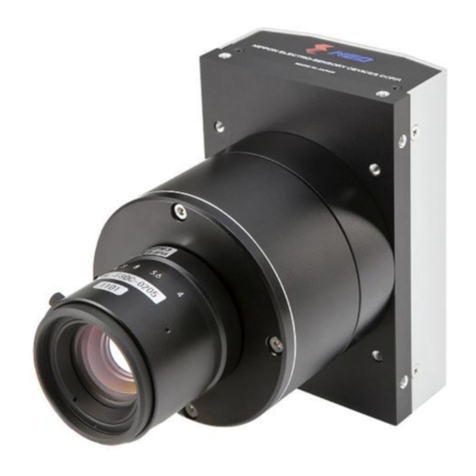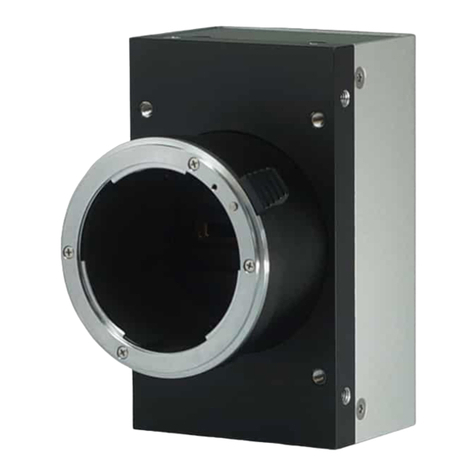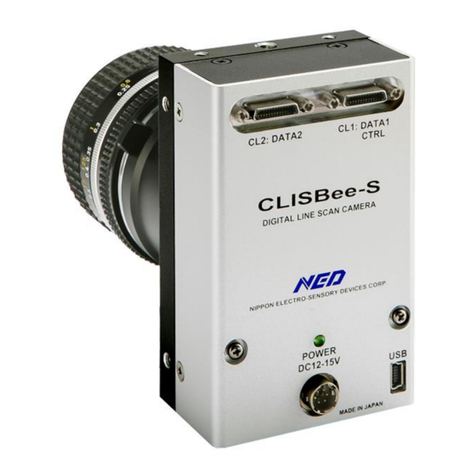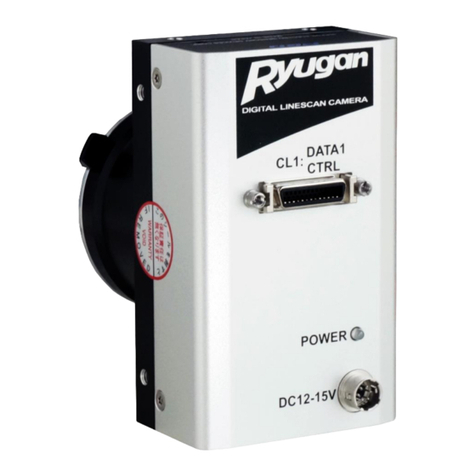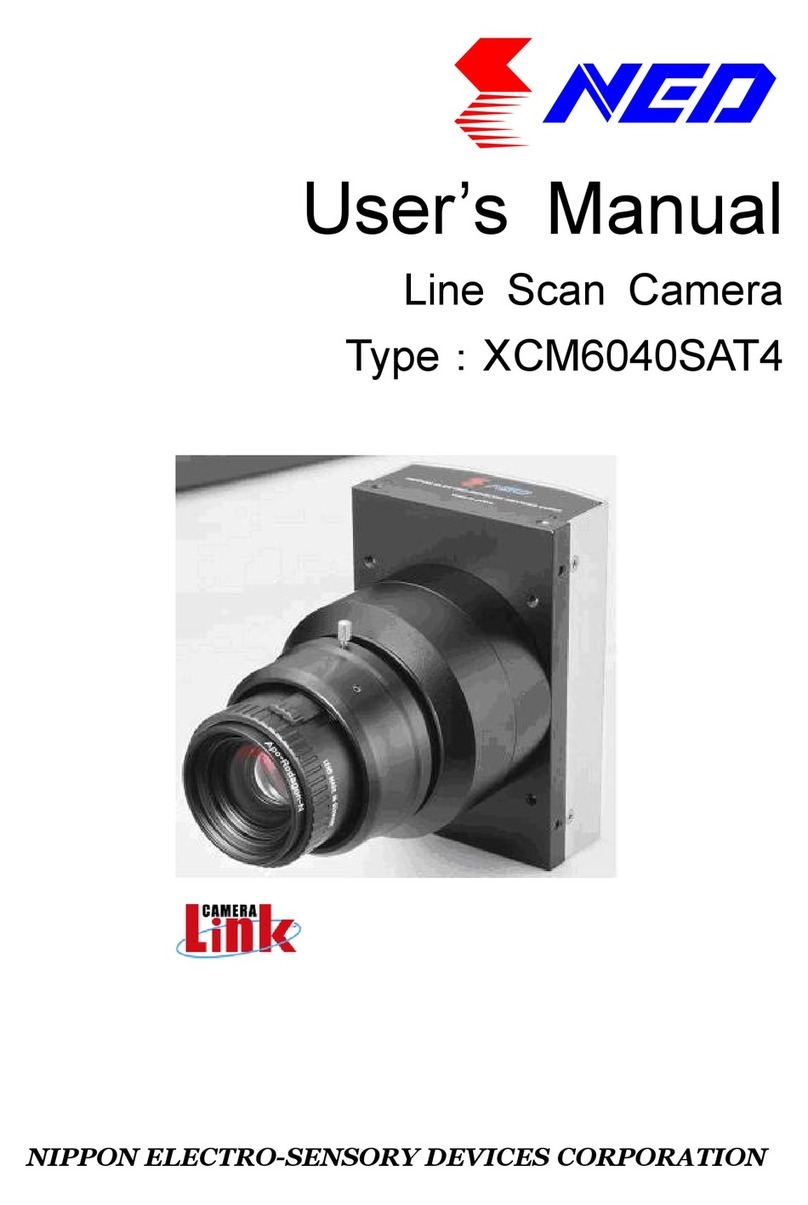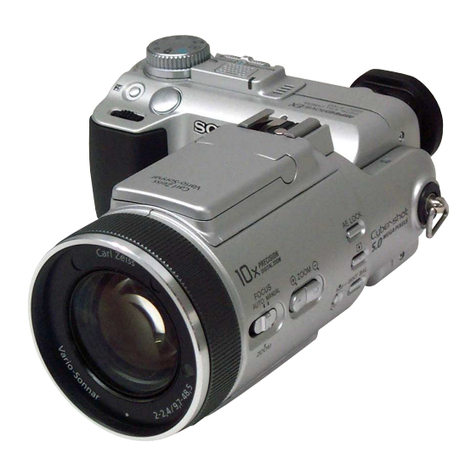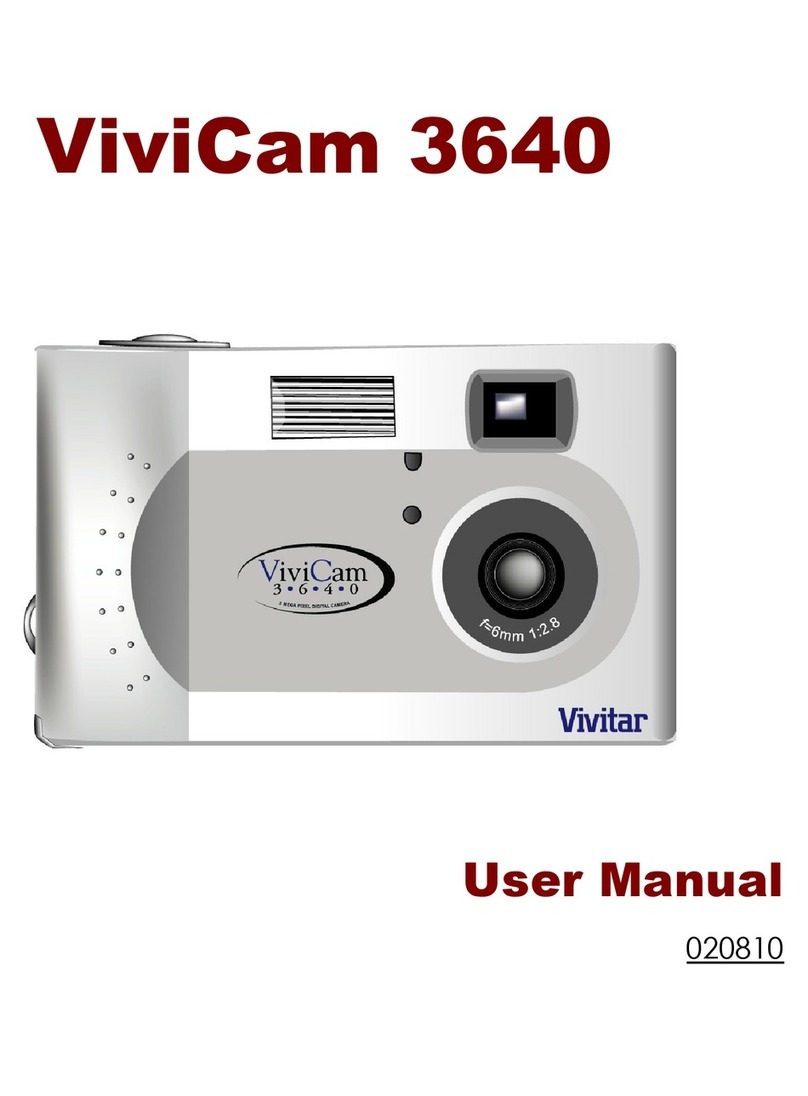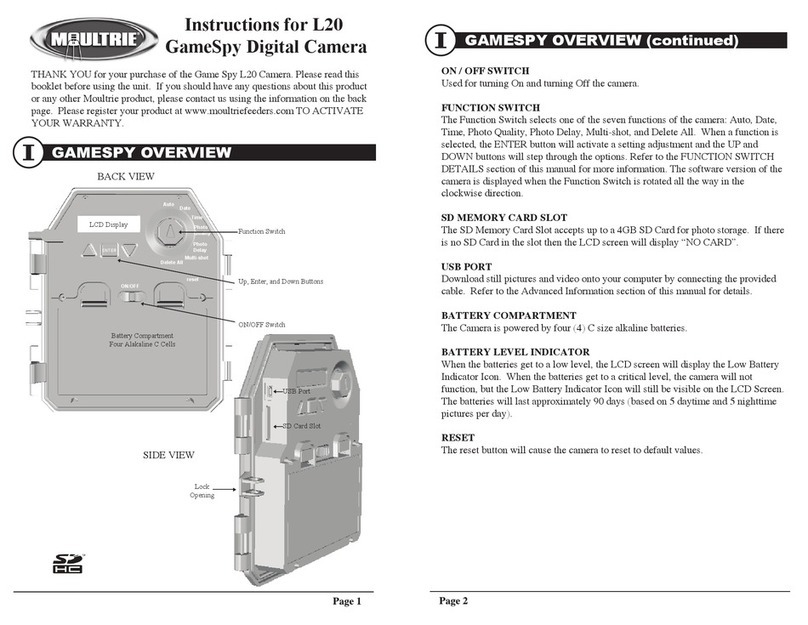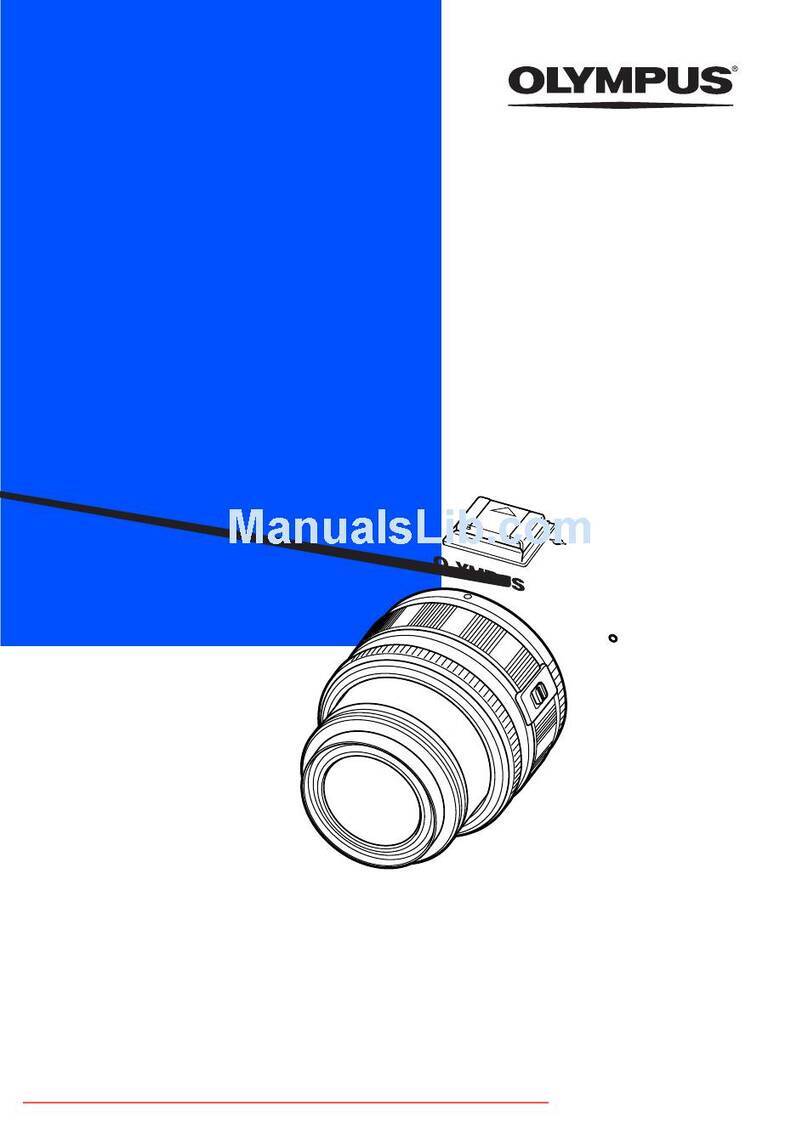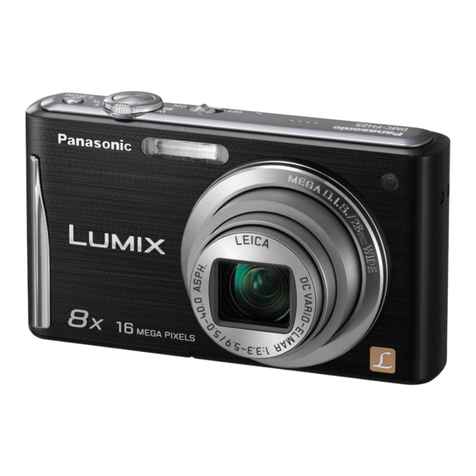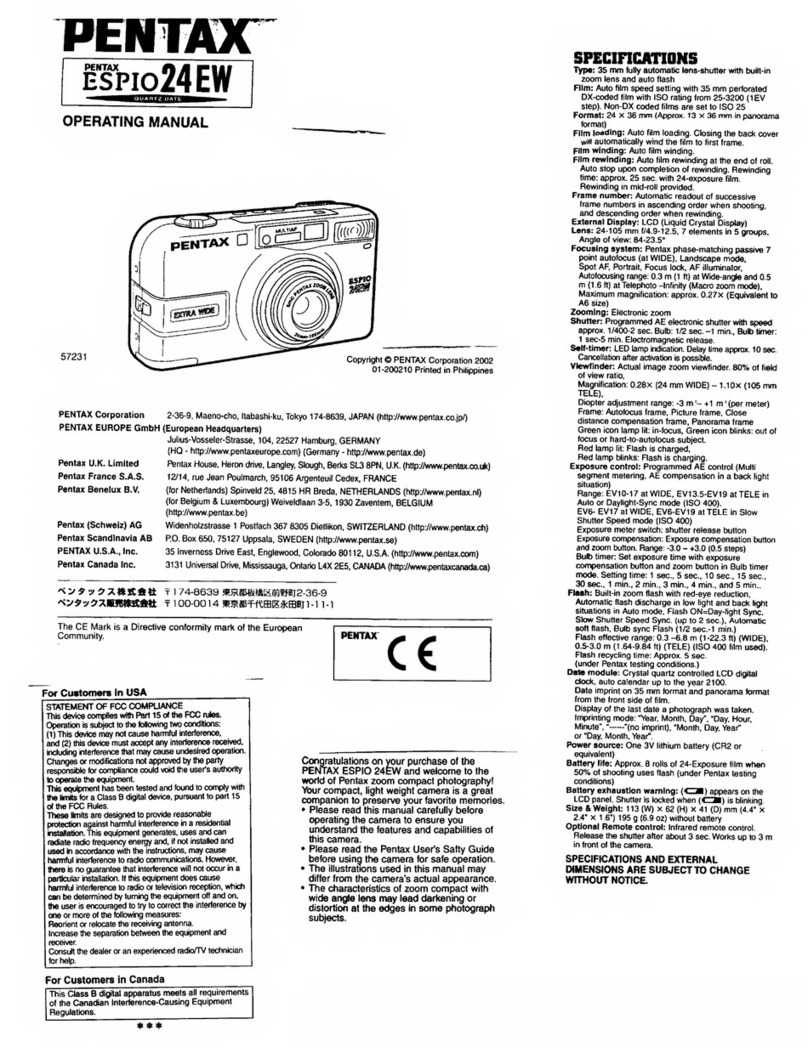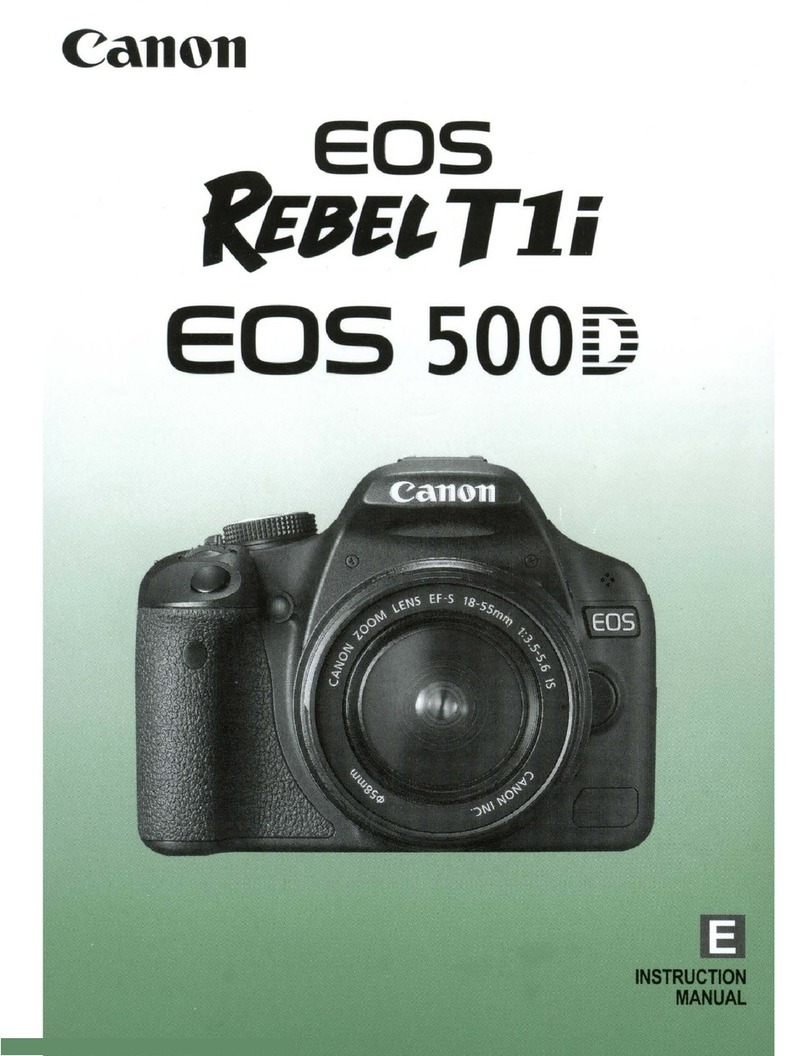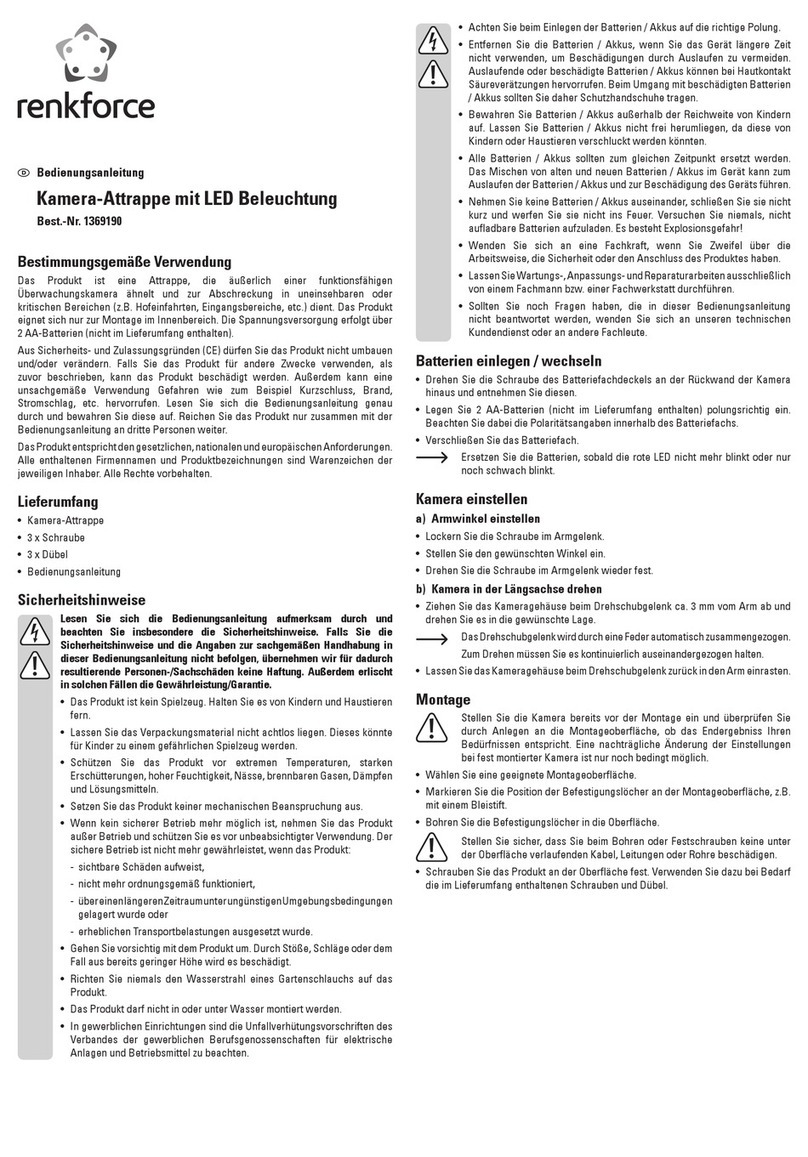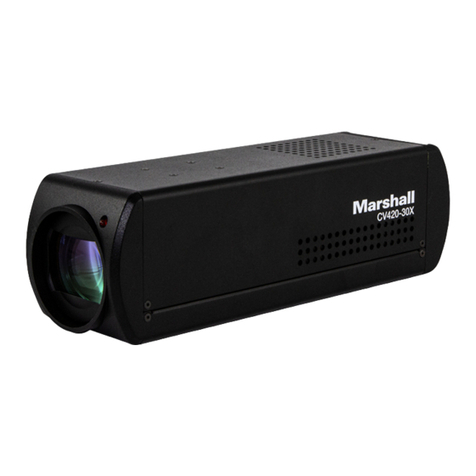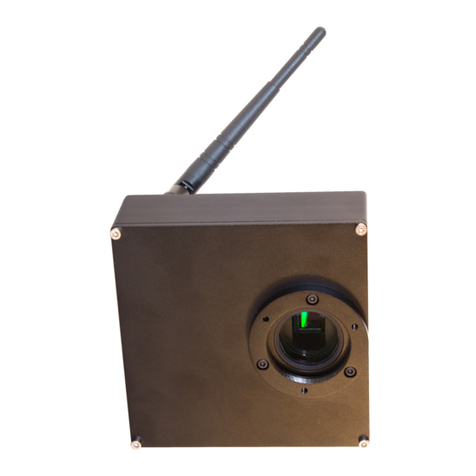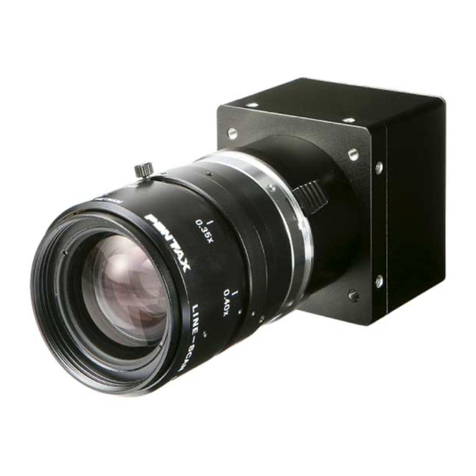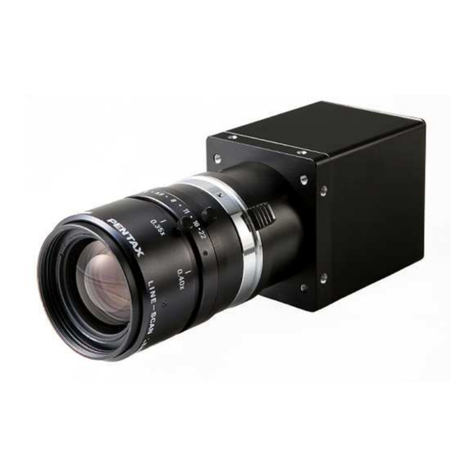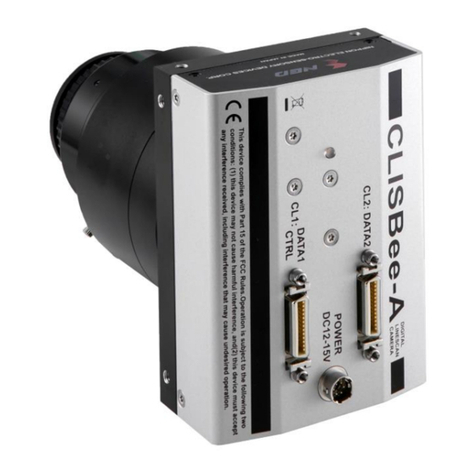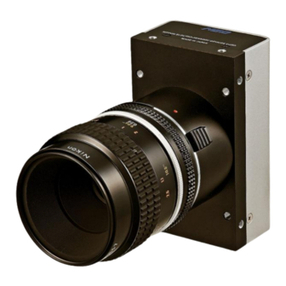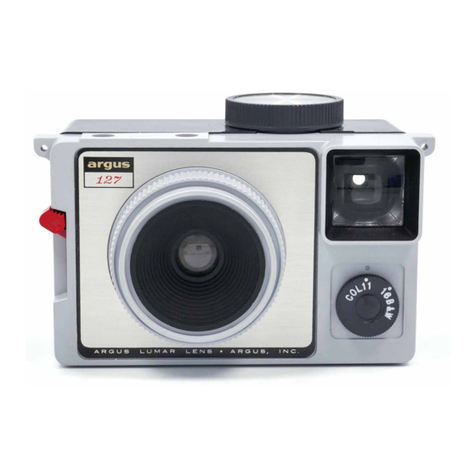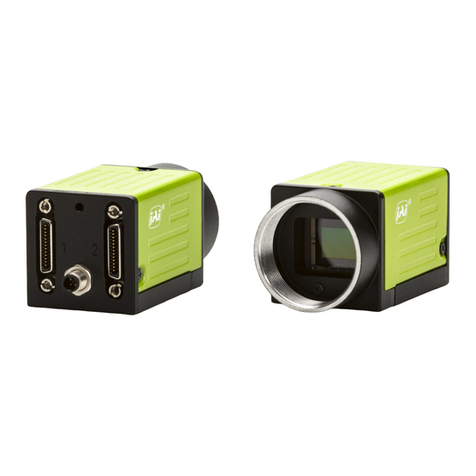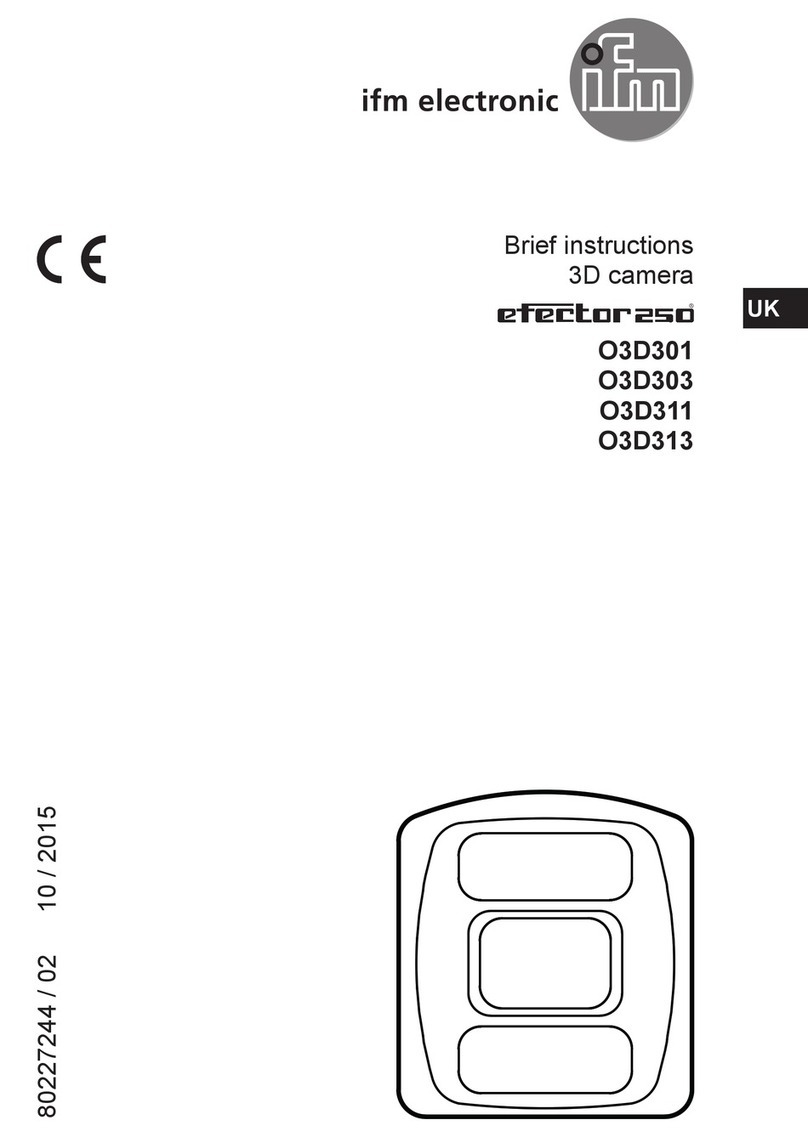
NED
RMSL6K17GE UM-0099-03
4.2.3.2 Height Setting......................................................................................................35
4.2.3.3 Scan Direction .....................................................................................................36
4.2.3.4 Pixel Format Setting............................................................................................36
4.2.3.5 Test Pattern..........................................................................................................37
4.2.4 Acquisition Control......................................................................................................39
4.2.4.1 Setting Line Rate...................................................................................................39
4.2.4.2 Setting Trigger Selector........................................................................................40
4.2.4.3 Setting Permission for using External Trigger ..................................................40
4.2.4.4 Setting Exposure Mode........................................................................................41
4.2.4.5 Setting Exposure Time .........................................................................................42
4.2.5 Analog Control.............................................................................................................42
4.2.5.1 Setting Analog gain.............................................................................................42
4.2.5.2 Setting Digital gain..............................................................................................43
4.2.5.3 Setting Offset.........................................................................................................43
4.2.6 Digital IO Control..........................................................................................................44
4.2.6.1 Setting I/O signal...................................................................................................44
4.2.6.2 Setting Line Mode .................................................................................................44
4.2.6.3 Setting Input Signal Polarity Reversal................................................................45
4.2.6.4 Setting Line Source.............................................................................................45
4.2.6.5 Setting I/O Signal Format.....................................................................................45
4.2.6.6 Setting External Line Trigger Chattering Prevention........................................46
4.2.7 Encoder Control...........................................................................................................47
4.2.7.1 Setting Encoder Control.......................................................................................47
4.2.7.2 Setting Input Signal for Encoder Source A ......................................................47
4.2.7.3 Setting Input Signal for Encoder Source B......................................................48
4.2.7.4 Setting Encoder Mode ..........................................................................................49
4.2.7.5 Setting Encoder Divider .......................................................................................49
4.2.7.6 Setting Encoder Output Mode .............................................................................50
4.2.7.7 Setting Encoder Status.........................................................................................50
4.2.7.8 Setting Time of Encoder Timeout........................................................................50
4.2.7.9 Setting Encoder Reset Signal..............................................................................51
4.2.7.10 Setting Encoder Reset Activation .....................................................................51
4.2.8 User Set Control...........................................................................................................52
4.2.8.1 Setting Memory Selection ..................................................................................52
4.2.8.2 Setting Memory Loading ....................................................................................52
4.2.8.3 Setting Memory Saving.......................................................................................53
4.2.8.4 Resetting Factory camera setting .....................................................................53
4.2.9 Transport Layer Control..............................................................................................54




















